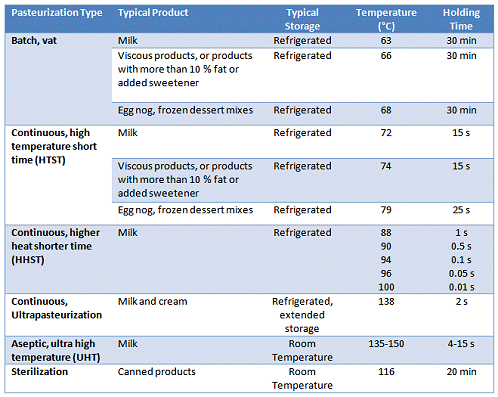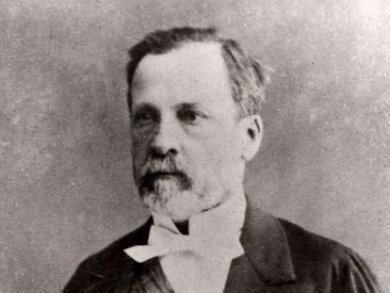April 20th, 2012, marks the 150th anniversary of Louis Pasteur’s first test of pasteurization. Pasteurization utilizes heat to destroy organisms which would produce illnesses, or which would produce alterations in certain foods. The process is generally applied to milk, however, it was initially developed for alcoholic products.
Louis Pasteur began to study why products like wine and beer sometimes went sour during the fermentation process while investigating yeast’s role in fermentation. By rigorously excluding sources of contamination, he found the breakdown of sugar into alcohol and carbonic acid was caused by living microbes of yeast rather than catalytic processes. It followed that the souring was caused by certain unwanted strains of bacteria and yeast, or ‘germs,’ as Pasteur called them. This later led to Pasteur’s belief in, and proof of, the germ theory of disease, which was still much contested at the time.
By building on the heat sterilization work of Italian biologist Lazzaro Spallanzani (1729–1799), Pasteur discovered that spoilage organisms could be inactivated in wine by applying heat at temperatures below its boiling point, followed by rapid cooling of the liquid.
Application of pasteurization to milk was first suggested in 1886 by German agricultural chemist Franz von Soxhlet and the first commercial pasteurization machines came on-line in the mid-1890s. Modern pasteurization uses the same idea as Pasteur’s original technique, with several different techniques employed (see Table 1) by the milk industry to kill disease-causing microorganisms and increase shelf life.
Table 1. Range of pasteurization techniques commonly applied to dairy products.

Typhoid fever, scarlet fever, septic sore throat, diptheria, and diarrheal diseases were common milkborne illnesses in the 1880s. These were virtually eliminated with the commercial implementation of pasteurization.
This is the answer to Guess the Chemist (4) from April 3rd, which covered Pasteur’s earlier work on chirality.
Read more:
- A history of research on yeasts 2: Louis Pasteur and his contemporaries, 1850–1880,
J. Barnett,
Yeast 2000, 16(8), 755–771.
DOI: 10.1002/1097-0061(20000615)16:8<755::AID-YEA587>3.0.CO;2-4 - The Discovery of Biological Enantioselectivity: Louis Pasteur and the Fermentation of Tartaric Acid, 1857—A Review and Analysis 150 Yr Later,
J. Gal,
Chirality 2008, 20(1), 5–19.
DOI: 10.1002/chir.20494


